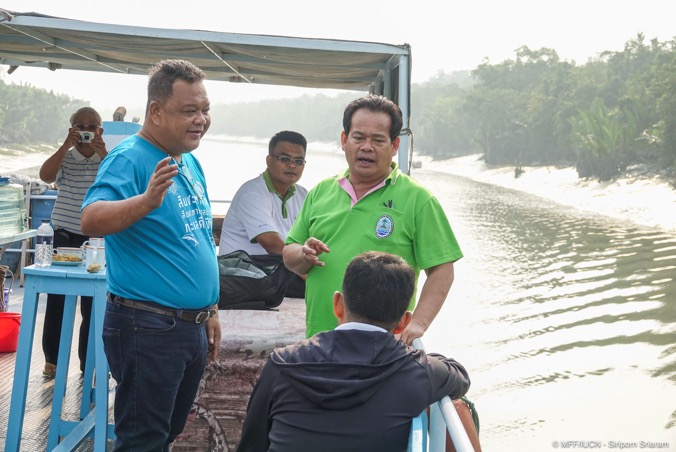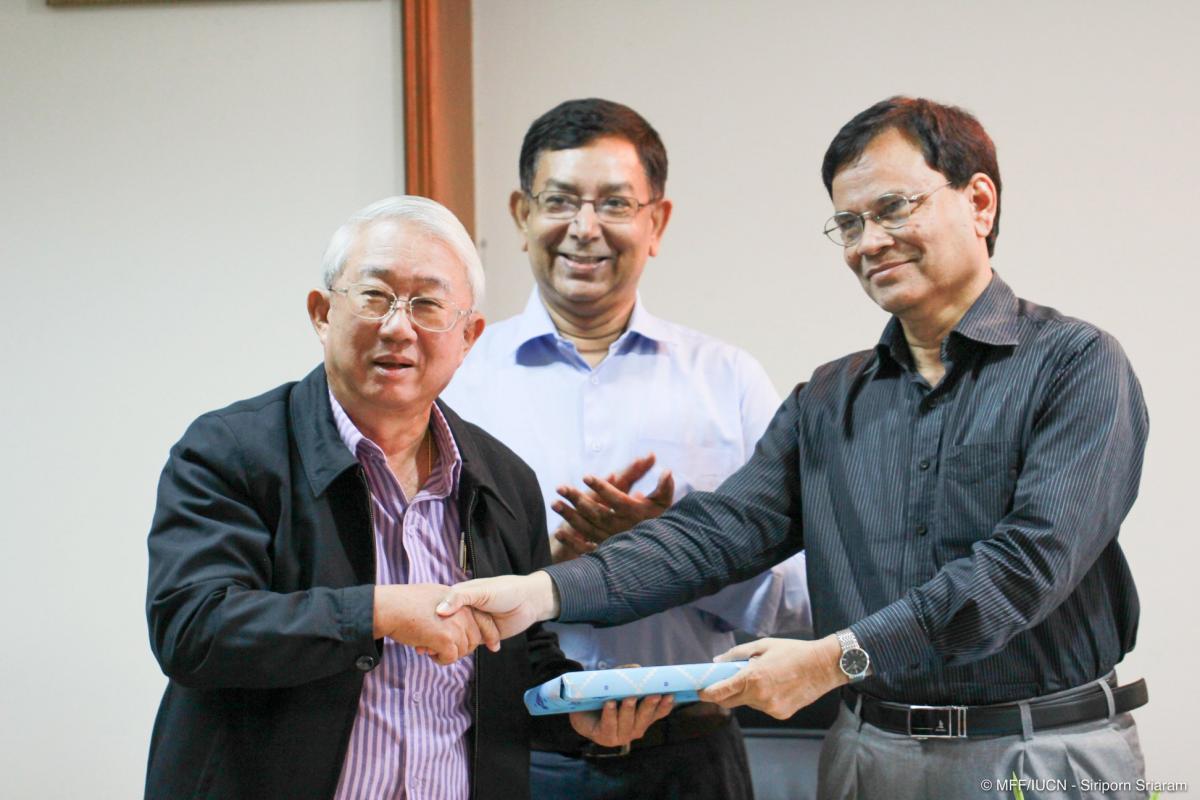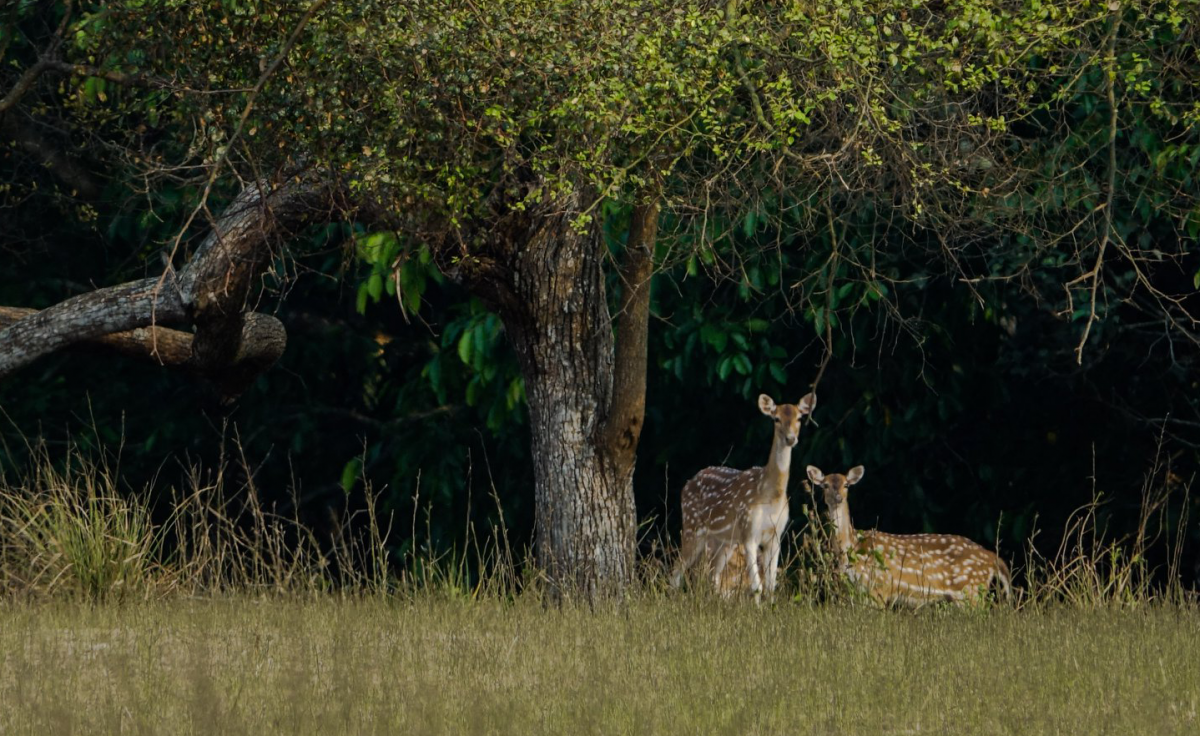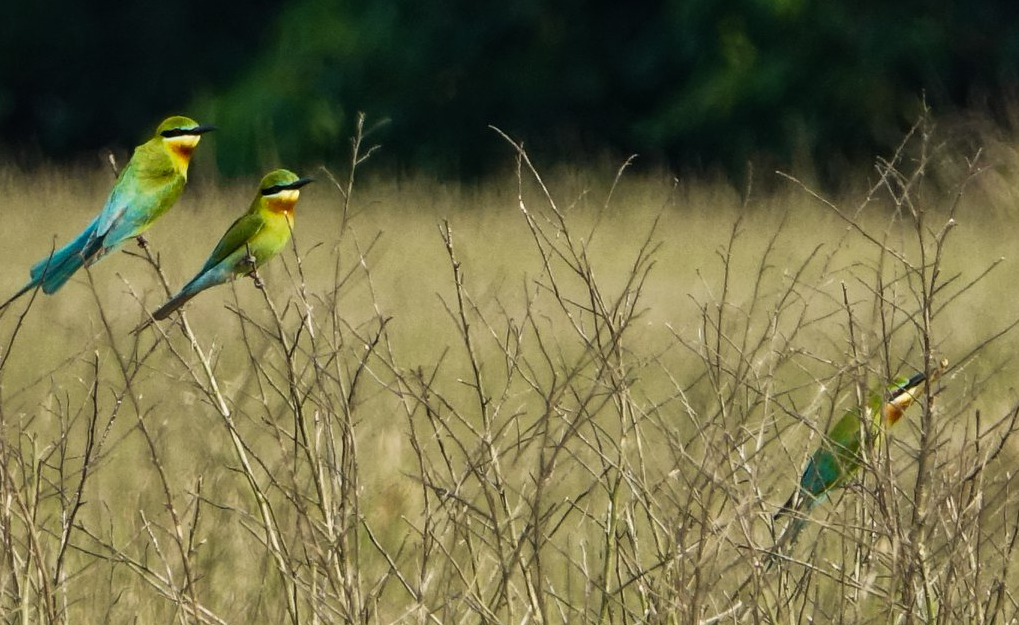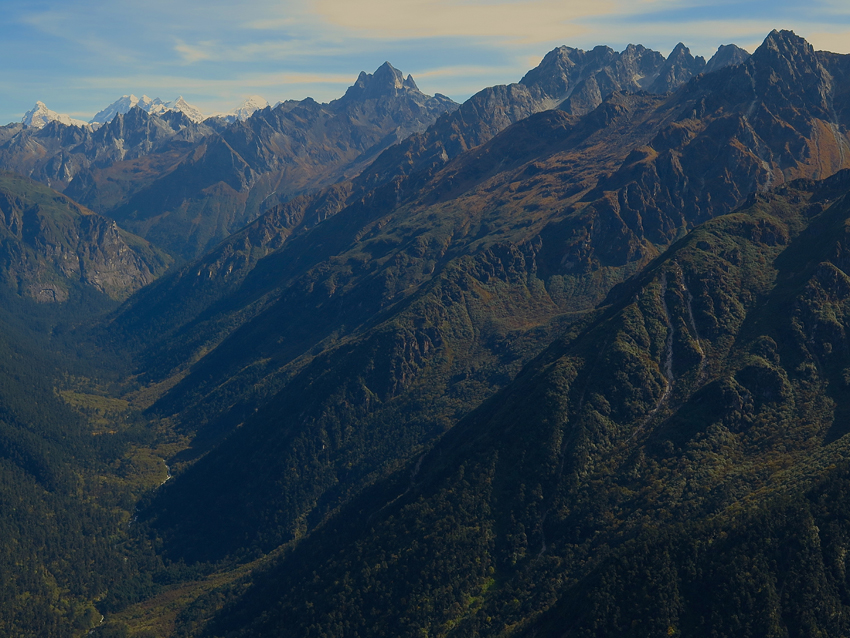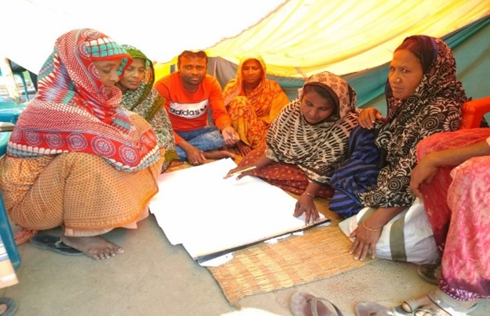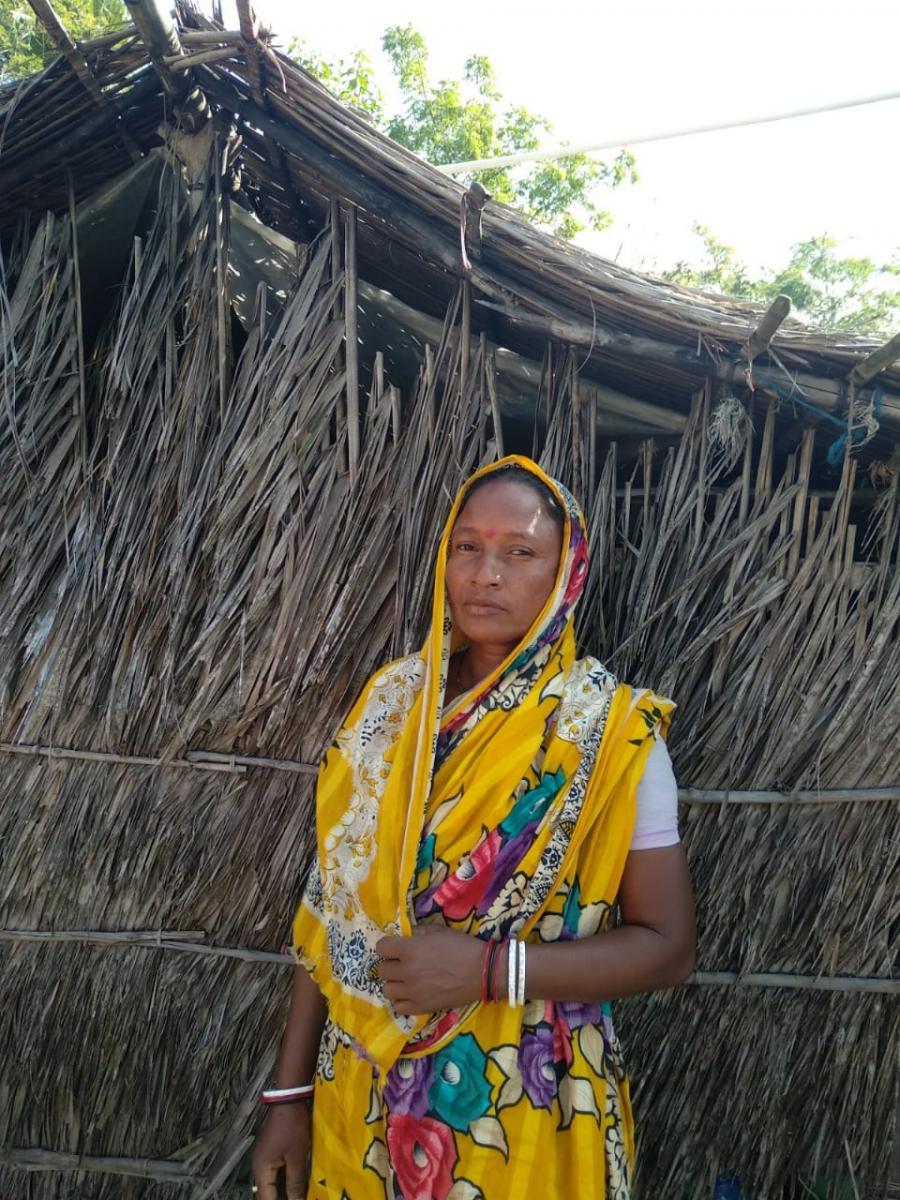Bangladesh shares World Heritage experience with Thailand in South-South knowledge transfer
From 2 to 6 April 2018, Mangroves for the Future (MFF), in collaboration with IUCN Bangladesh and the Bangladesh Embassy in Bangkok, brought nine delegates from the Thailand Department of Marine and Coastal Resources (DMCR) to the Sundarbans Natural World Heritage Site (NWHS) in Bangladesh. The trip gave the DMCR – which is currently looking to establish Thailand’s Ranong Coastal Wetlands, currently a Ramsar site, as an NWHS – the opportunity to learn about the experiences the inscription of the Sundarbans had presented.
The knowledge exchange event was made possible through the National Coordinating Bodies of both Mangroves for the Future (MFF) Thailand and MFF Bangladesh. The visit was a continuation of MFF Thailand’s ongoing support to the DMCR in submitting a NWHS proposal to UNESCO. By coordinating with MFF Bangladesh, who leveraged the unique stakeholder diversity of its NCB, MFF Thailand helped build the capacity of the DMCR to prepare and submit a proposal to the World Heritage Committee and General Assembly.
As Ranong is a priority site for MFF and a working site for IUCN’s Mekong WET project, which aims to build climate resilience by harnessing the benefits of wetlands in Cambodia, Lao PDR, Thailand, and Viet Nam, IUCN Thailand will continue to support the inscription efforts.
As part of the two-day trip, the Thai delegates visited the Forest Department in Dhaka, where they were welcomed by Mohammad Shafiul Alam Chowdhury, Chief Conservator of Forests and Member Secretary of the MFF Bangladesh National Coordinating Body (NCB), and by Zahir Uddin Ahmed, Deputy Chief Conservator of the Forestry Department. During this meeting, Conservator of Forests Md Jahidul Kabir presented the Bangladesh Forest Department’s experiences with the Sundarbans NWHS, including the process of getting it declared by UNESCO.
The BFD shared that in order for a property to be included on the World Heritage List, the World Heritage Committee must find that the property, amongst others, is an outstanding example of ecological and biological processes in the evolution and development of terrestrial, fresh water, coastal and marine ecosystems and communities of plants and animals. The Committee must also find that the property contains the most important and significant natural habitats for in-situ conservation of biological diversity, including those containing threatened species of outstanding universal value from the point of view of science or conservation.
Further, the Committee must find that the property is an outstanding example representing major stages of earth's history, including the record of life, significant on-going geological processes in the development of landforms, or significant geomorphic or physiographic features.
The Thai delegation, led by Dr Sonjai Havanond, Expert on Marine and Coastal Resources Management for the DMCR, spent two days learning about the Sundarban Mangrove Forest Reserve from IUCN and MFF representatives, as well as Md Bashirul Al Mamun, Divisional Forest Officer for the Sundarbans West Wildlife Sanctuary.
As the world’s largest mangrove forest, the Sundarbans have sheltered their inhabitants from 40% of all cyclones in the Asia-Pacific region. Home to spotted deer (Axis axis), wild boar (Sus scrofa), five species of marine turtle, and hundreds of species of bird, the forest is also one of the last habitats of the Bengal tiger (Panthera tigris tigris) in Bangladesh.
To protect this biodiversity, Bangladesh Forest Department patrol teams have begun using Spatial Monitoring And Reporting Tools (SMART), which don’t rely on mobile networks to collect data. A SMART patrol team explained to the delegation how they operate, and gave a demonstration.
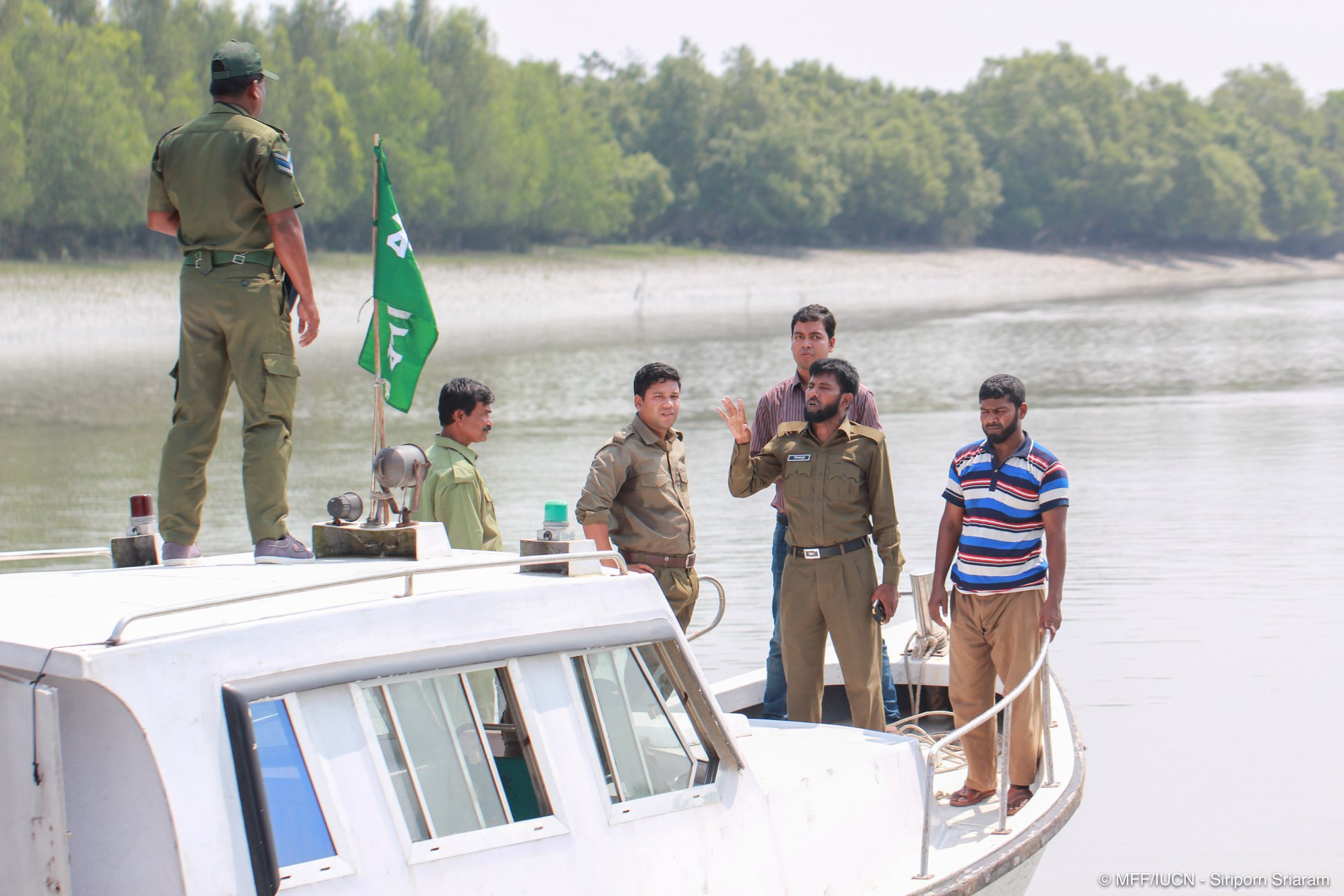 Rangers give a demonstration of SMART patrolling
Photo: © Siriporn Sriaram - MFF/IUCN
Rangers give a demonstration of SMART patrolling
Photo: © Siriporn Sriaram - MFF/IUCN
“The Forest Department has a lot of knowledge about mangrove management and conservation in addition to its experience with getting a site declared by UNESCO. This knowledge exchange visit has catalysed a good relationship between the Thailand DMCR and the Bangladesh Forest Department, and we would like to make that an institutional link,” said Raquibul Amin, IUCN Bangladesh Country Representative.
Dr Havanond also noted that the region could benefit from academic as well as political cooperation. “There should be collaboration on a biodiversity assessment of mangroves in the Bay of Bengal, both in Thailand and Bangladesh,” he said. “It would give us a better understanding of the similarities and differences between Ranong and the Sundarbans, which would also help us decide which lessons from Bangladesh will be most relevant to us in Thailand.”
In the meantime, MFF and IUCN will continue to develop the climate change adaptation of Ranong Ramsar site, to improve the resilience of coastal communities.
Mangroves for the Future (MFF) is a partnership-based regional initiative which promotes investment in coastal ecosystem conservation for sustainable development. MFF focuses on the role that healthy, well-managed coastal ecosystems play in build-ing the resilience of ecosystem-dependent coastal communities in Bangladesh, Cambodia, India, Indonesia, Maldives, Myanmar, Pakistan, Seychelles, Sri Lanka, Thailand and Viet Nam. The initiative uses mangroves as a flagship ecosystem, but MFF is inclusive of all types of coastal ecosystem, such as coral reefs, estuaries, lagoons, sandy beaches, sea grasses and wetlands. MFF is co-chaired by IUCN and UNDP, and is funded by Sida, Norad, Danida and the Royal Norwegian Embassy in Thailand.

